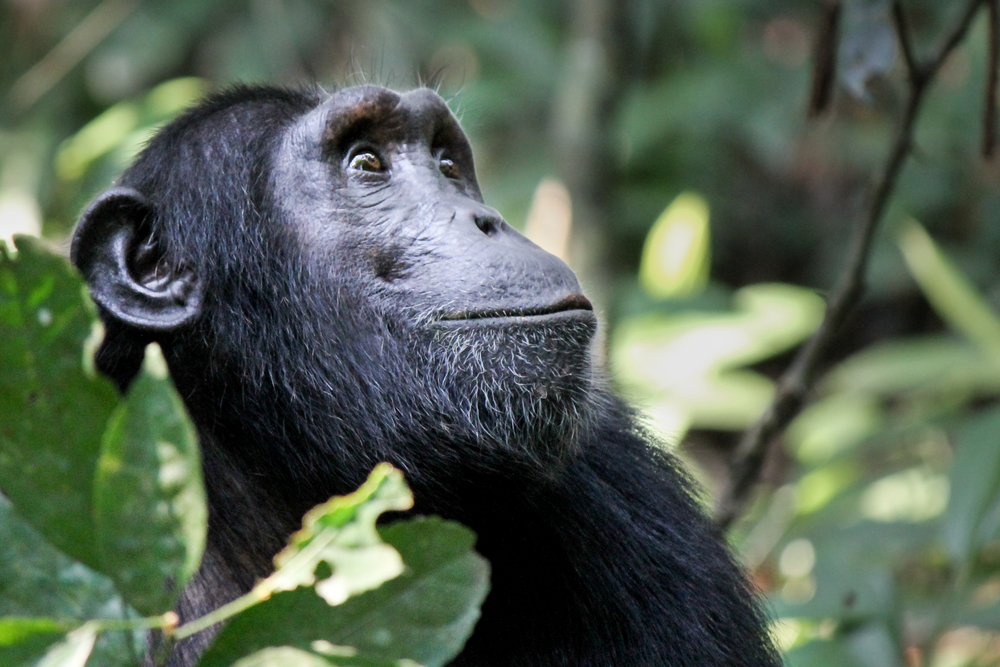João Vieira and Poilão Marine Overview
João Vieira and Poilão Marine National Park, locally known as “Parque Nacional Marinho João Vieira e Poilão”, is a stunning marine and terrestrial conservation area located in the Bijagós Archipelago of Guinea-Bissau. Established in 2000, the park encompasses approximately 495 square kilometers (191 square miles) and consists of a group of four islands—João Vieira, Poilão, Cavalo, and Meio—along with surrounding marine waters. The park is a vital sanctuary for marine biodiversity and an integral part of the UNESCO Biosphere Reserve of the Bijagós Archipelago.
The terrain of the park is a mix of pristine sandy beaches, mangrove forests, coastal dunes, and coral reefs. The islands are fringed by turquoise waters, while their interiors feature sparse vegetation, including palm trees and salt-tolerant shrubs. The surrounding marine environment is equally diverse, with seagrass beds and coral reefs providing critical habitats for numerous species.
João Vieira and Poilão Marine National Park is best known as a globally significant nesting site for green sea turtles. Poilão Island, in particular, is one of the most important nesting sites for this endangered species in West Africa. Other marine life includes hawksbill turtles, manatees, and dolphins, as well as a variety of fish and crustaceans. Bird species such as ospreys, terns, and herons thrive on the islands, making the park a vital habitat for both resident and migratory birds.
Visitors to the park can experience its natural beauty and wildlife through eco-tourism activities. Turtle nesting season, which occurs from July to October, is a highlight for visitors, offering the chance to witness green turtles laying their eggs or hatchlings making their journey to the sea. Guided boat tours allow for exploration of the islands and their marine environments, while snorkeling and diving reveal the rich underwater ecosystems of the coral reefs. The park also provides opportunities for birdwatching and photography, with stunning coastal landscapes as a backdrop.
Despite its significance, João Vieira and Poilão Marine National Park faces challenges such as illegal fishing, climate change, and the disturbance of turtle nesting sites. Conservation efforts by Guinea-Bissau’s Institute for Biodiversity and Protected Areas (IBAP) focus on protecting turtle populations, regulating fishing practices, and engaging local communities in sustainable resource management. Partnerships with international organizations support research and monitoring initiatives to ensure the long-term health of the park’s ecosystems.
João Vieira and Poilão Marine National Park is a jewel of Guinea-Bissau’s natural heritage. Its pristine landscapes, marine biodiversity, and crucial role in sea turtle conservation make it a vital area for both ecological protection and eco-tourism. Safeguarding this park ensures the preservation of its unique ecosystems and reinforces Guinea-Bissau’s commitment to global marine conservation.












































































